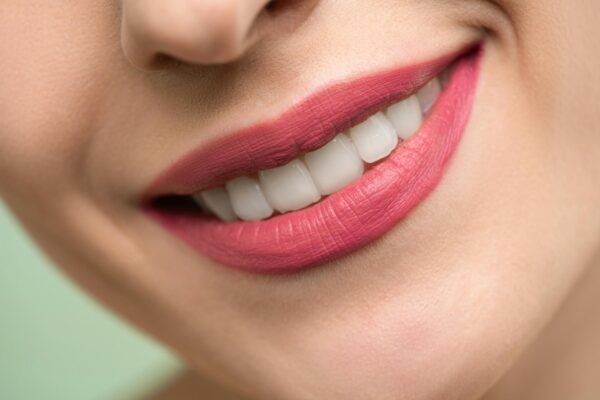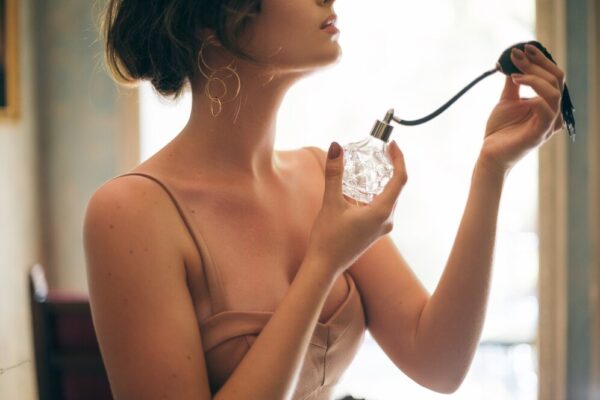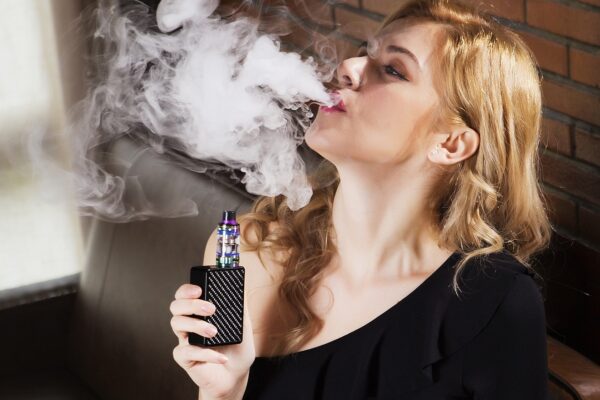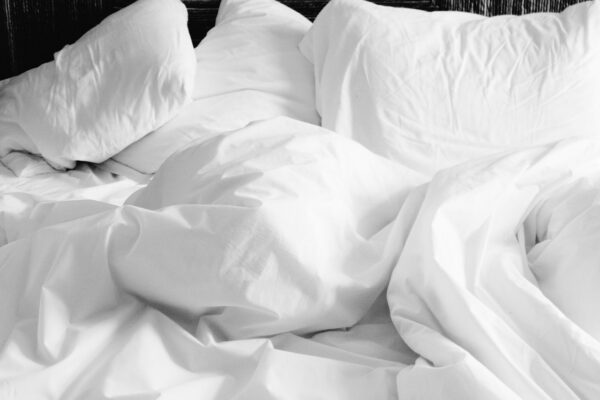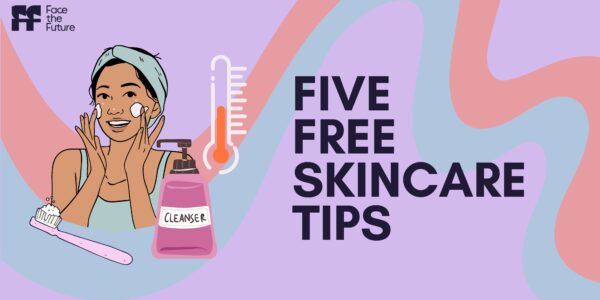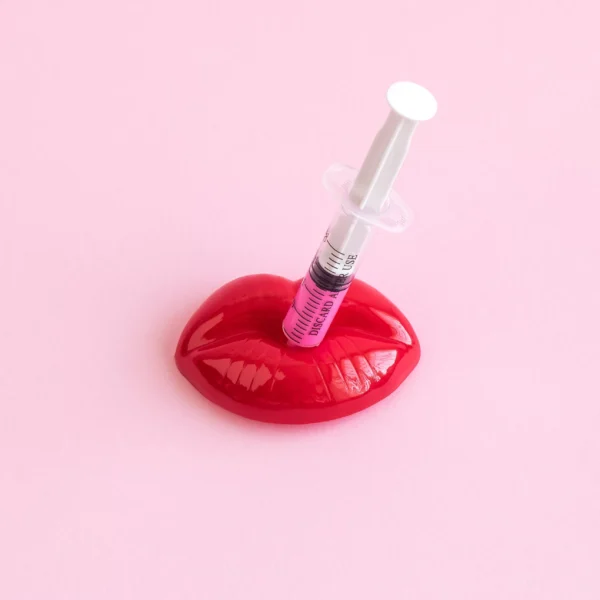
Exploring Natural-Looking Lip Filler Options for 2024
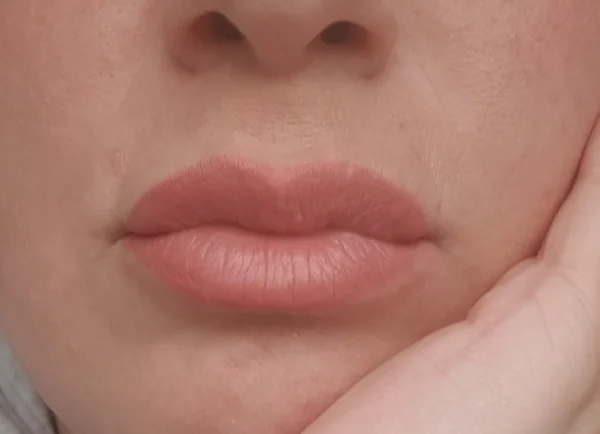
As we age, our lips tend to get asymmetrical, lose their collagen, and thus appear thinner due to the loss of volume. Luckily, endless options are available in the cosmetic industry for enhancing lips and making them look younger and fuller. But which of those should be considered the best for achieving natural-looking lips?
When exploring natural-looking lip filler options, you need to understand the different types of fillers available, the techniques used, and the results to expect. If you are US based/ or keen on travelling for the procedure and looking for an experienced practitioner, consult the best experts in Colombus, Ohio.
One is often wary of overfilling the lips, which can result in puffy lips. It requires the right technique and filler to get the perfect lip shape with the correct asymmetry and natural-looking results. Here’s a comprehensive guide on the most promising lip filler options to get a natural look.

Different types of lip fillers
Lip fillers are also referred to as dermal fillers and are used as injectable treatments to fill in the wrinkles and add volume at the injection site. Regarding lips, the most commonly used lip fillers are hyaluronic acid fillers and collagen-based fillers.
● Hyaluronic Acid (HA) Fillers
Hyaluronic acid fillers are the most extensively applied lip fillers, as they result in natural-looking lips and provide a soft look. Juvederm and Restylane are the most widespread products, specifically used for lip enhancement and to achieve the desired level of fullness.
● Collagen-Based Fillers
Collagen-based fillers were among the first types of fillers used for lip enhancement. However, they are not as popular as Hyaluronic acid fillers. This is because they carry a risk of allergic reactions, and the results provided are shorter-lasting.
Various techniques for best results
Different practitioners use different techniques to get the best results with lips. Some commonly used techniques are micro-droplet, cannula, and layering. It is crucial to understand those techniques.
● Micro-Droplet procedure
Here, the practitioner enjoys precise control over the procure as he injects small amounts of filler to achieve the required shape and volume. The aim is to avoid overfilling the lips and achieve a more natural outcome.
● Cannula procedure
This technique uses a blunt-tipped cannula and thus lowers the risk of bruising and swelling in the lips. Compared to the needle, it allows a more even distribution of the filler and, thus, a smoother and softer result with the lips.
● Layering procedure
Layering involves inserting the filler within the lip tissue at different depths to develop a more natural-looking contour. Thus, one can avoid uniform puffiness here if one follows the layering technique.
Consult your practitioner to know and understand which filler and technique would offer the most natural results. It is vital to inject the right number of flexible fillers in the appropriate areas of the lips and use the right technique to get the desired volume and hydration to create the most aesthetically pleasing shape for the lips.
Choosing the Right Practitioner
Qualifications and Experience
Ensure the practitioner is a board-certified dermatologist or plastic surgeon with extensive experience in lip fillers. Their expertise is crucial in achieving natural-looking results.
Portfolio Review
Review before-and-after photos of previous patients to assess the practitioner’s skill in delivering subtle enhancements that maintain the natural shape of the lips.
Consultation
A thorough consultation is essential. Discuss your aesthetic goals and concerns, and ensure the practitioner understands your desire for a natural look.
Preparation and Aftercare
Pre-Treatment
Avoid blood-thinning medications such as aspirin and ibuprofen a week before the procedure to minimize bruising. Hydrate well and maintain good lip care in the days leading up to the treatment.
Post-Treatment
After the procedure, avoid applying pressure to your lips for the first 48 hours. Keep your lips moisturized and drink plenty of water. Follow any specific aftercare instructions provided by your practitioner.
Initial Swelling
Be aware that some swelling and bruising are normal immediately after the procedure. This typically subsides within a few days, revealing the final results.
Long-Term Maintenance
Lip fillers are not permanent, with results typically lasting 6-12 months. Plan for touch-ups to maintain the desired look. Regular maintenance ensures that the enhancement remains subtle and natural-looking over time.
Conclusion
Achieving natural-looking results with lip fillers involves careful selection of the filler type, skilled application techniques, and an experienced practitioner. By focusing on subtle enhancements and maintaining the natural proportions of your lips, you can achieve a beautiful, natural appearance that enhances your overall facial harmony.










